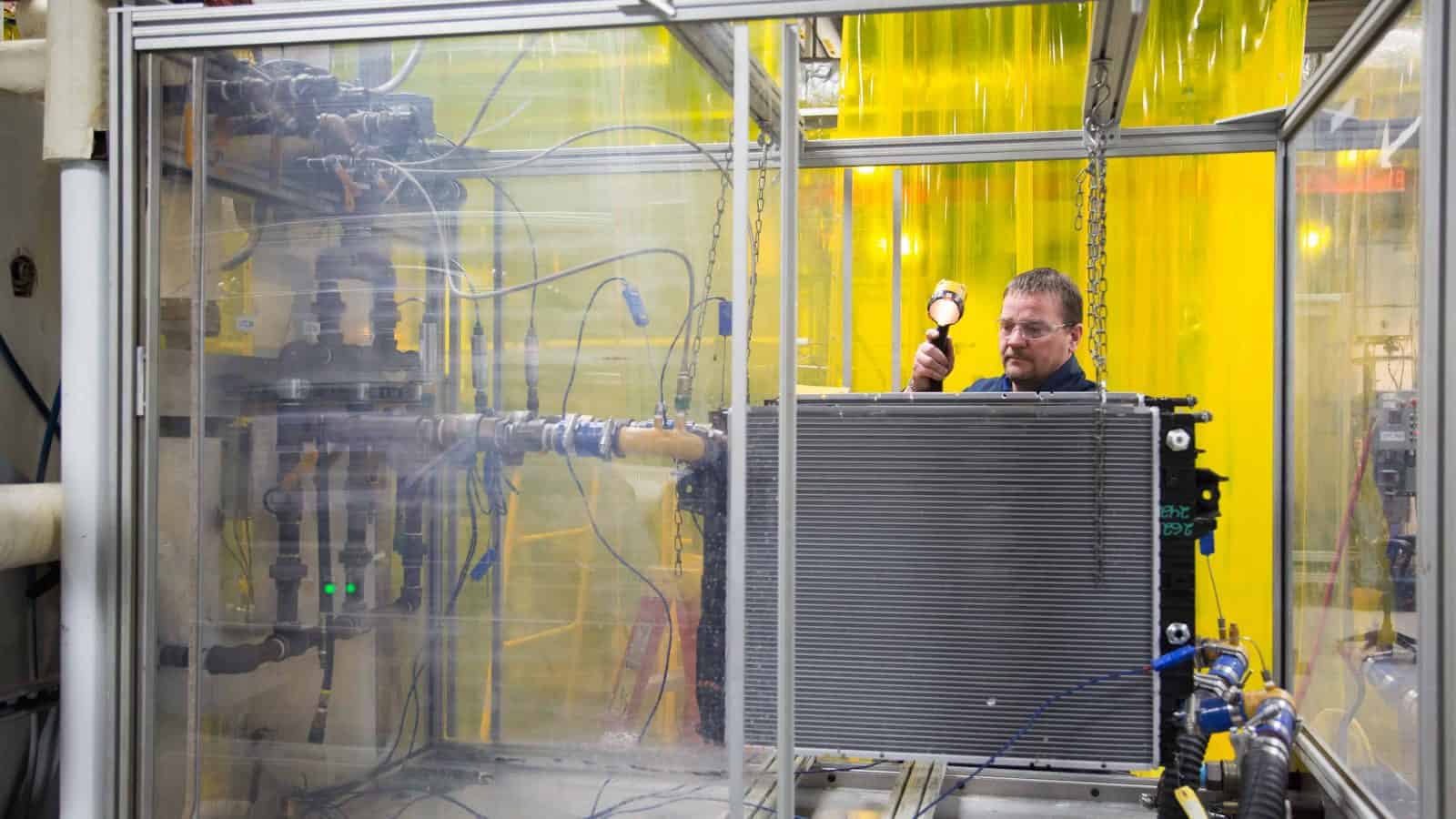Westinghouse Helps Keep Ukraine’s Nuclear Reactors Running

In recent years, an American household company name has been helping keep Ukraine’s nuclear reactors running (The Wall Street Journal, subscription).
What’s going on: After Russia’s invasion in 2022, Ukraine stopped buying nuclear fuel from Moscow, formerly its top supplier. That’s when Westinghouse Electric stepped in.
- The Pennsylvania-headquartered company “now makes fuel bundles that are compatible with all of the country’s [Soviet-designed VVER] reactors and is working on a plan that could allow Ukraine to start making some of that fuel itself. Ukraine also plans to build nine Westinghouse-designed reactors.”
Why it’s important: The change is a victory for the West, “which has long sought to erode Russia’s dominance in the industry and the political influence that comes with it.”
- Russia has about 44% of the world’s uranium-enrichment capacity, which is critical because nuclear reactors use uranium for power production.
A decade in the making: After Russia seized Crimea in 2014, Ukrainian state nuclear company “Energoatom ramped up purchases of Westinghouse’s fuel assemblies and, by the beginning of 2022, six of Ukraine’s 15 reactors had been loaded with fuel from the company.”
- The firm also began supplying Ukraine with fuel assemblies for the VVER-440 reactor, of which the country has two.
A critical moment: As part of its full-scale invasion of Ukraine two years ago, Russia occupied the country’s largest nuclear power station, Zaporizhzhia, and attacked other energy infrastructure.
- Energoatom had to move fast to maintain deliveries of Westinghouse’s VVER-440 fuel, without which one of Ukraine’s nuclear reactors might need to be shuttered, worsening an electricity shortage.
- “What followed was a high-stakes race to make the fuel and load it in a reactor near the western Ukrainian city of Rivne, which faced occasional aerial bombardment despite being far from the war’s front line.”
- Westinghouse raced to source new machinery and rework its factory floor in Sweden, “upending traditional ways of working in a tightly regulated sector that is better known for its glacial pace.”
How it succeeded: The company set up a 60-person task force to meet and identify potential bottlenecks in production and launched talks with other European utilities.
- It got the Czech Republic and other countries with VVER-440 reactors “to accept the same basic fuel assembly design as the one Westinghouse was planning to use for Ukraine—a step officials said helped speed up production because it eliminated some of the time the company would usually spend on customization.”
- Utilities in five countries, including Ukraine, have since signed deals with Westinghouse for fuel deliveries.
- Experts from Energoatom went back and forth between Ukraine and Sweden to help with the fuel development, and in September, the new fuel assemblies were ready.
A nuclear future: To produce the fuel, Westinghouse purchased new manufacturing equipment, repurposed older equipment and 3-D printed some detailed components.
- “Westinghouse delivered a first batch of VVER fuel to a nuclear power plant in Bulgaria this spring and has said a delivery to the Czech Republic should take place this year.”
